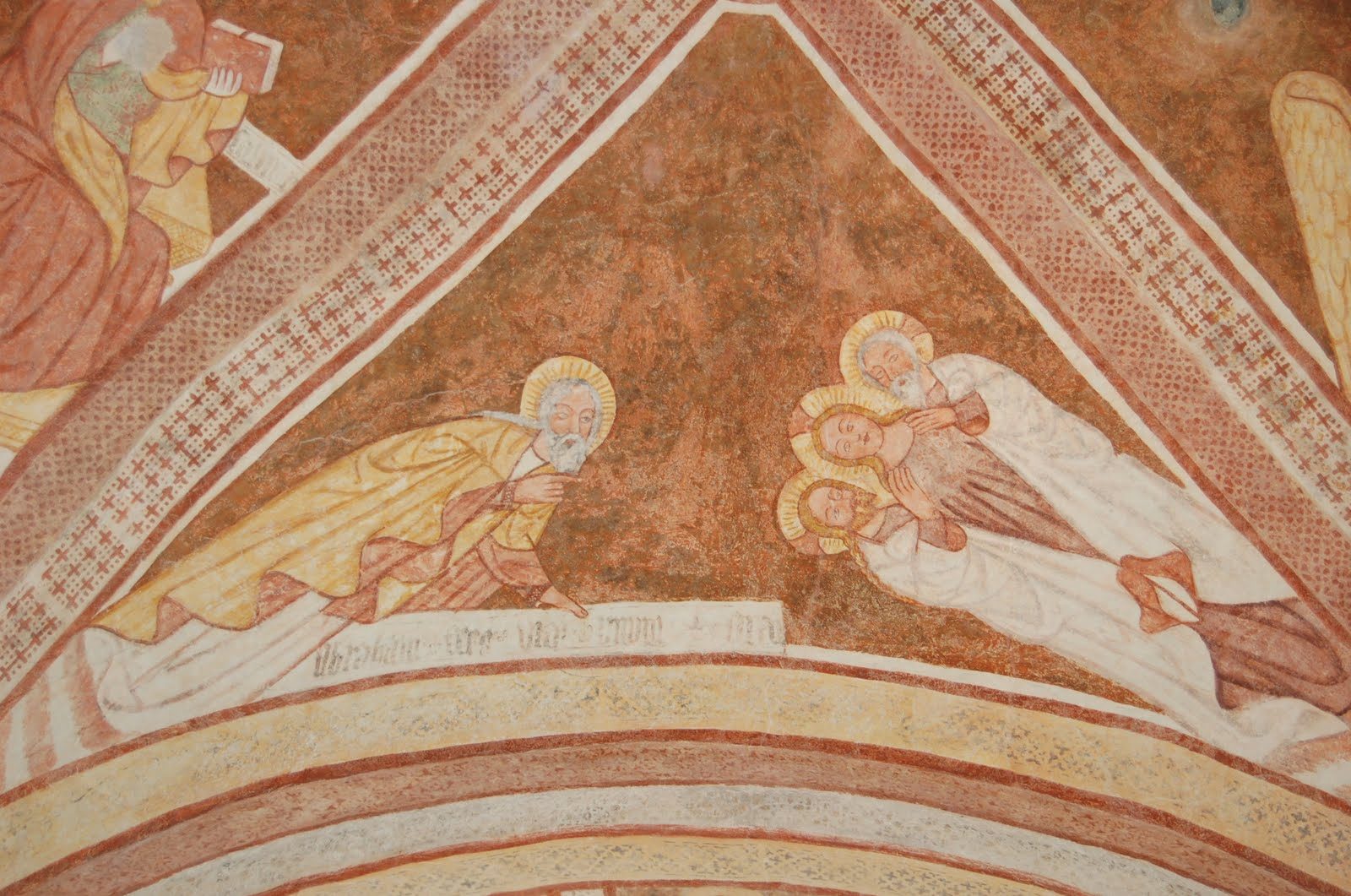Holy Chutzpah
Mary is big lately. This week, I read a blog post about Mary by a woman trying to discover a Mary to identify with. She writes, “it’s exactly the kind of feminine archetype I don’t really relate to — the kind of person about whom people say, ‘oh, she’s really nice’ as if yielding compliance and non-offensiveness are her primary attributes. The kind of woman who fades into the background, whose worth lies only in her utility to the patriarchal narrative.”
Throughout this year, I have often noticed Mary at the beginning and end of the gospel of Luke and pondered in the light of my focus in The Mother God Experiment. One of the things I’ve seen is a very strong person who bucks her culture to be what Mother God calls her to be. That resistance has a hidden cost that the Bible doesn’t record directly. On this side of history, she appears singularly submissive, but to the people around her it was likely a very different matter.
For example, In Luke 1, after Mary receives the angel’s message to her, Mary takes off to see her cousin, Elizabeth, who is likely a lot older than she is. Apparently, she goes alone.
39 In those days Mary set out and went with haste to a Judean town in the hill country, 40 where she entered the house of Zechariah and greeted Elizabeth.
Alone? What woman traveled so far alone at that time, pregnant, and young? But Luke does not record a companion for Mary.
Whether or not entirely alone, Mary sets out without parents or siblings to live with Elizabeth and Zechariah for three months, just based on what the angel Gabriel said to her. That’s more than submitting to God’s will. It’s running to it. That’s called chutzpah in some circles.
Bad Rap on the Way
Mary has just conceived by the power of the Holy Spirit when she travels to see Elizabeth, so the new, divine life within her is still secreted away. But when she returns from the hill country, she will soon begin to appear pregnant, as though she had gone away from her parents, gotten into trouble, and returned.
One can only imagine the uproar her pregnancy caused within her family and town. The idea we have about Mary being kind of milquetoast needs testing with this thought. Mary would have been regarded as a bad girl. Her parents would have been heart-broken over her. Yes, Joseph believed her, thanks to an angel in a dream, but who else would have?
“Do the math,” townspeople would have said to one another over the fence. “Isn’t that Joseph amazing, that he would marry her anyway?” Or maybe they never could figure out what happened, but talked endlessly about it.
When Mary gave birth to Jesus, no family or friends were near to hear the story of the shepherds, or see the angels ascending and descending, or to meet the wise men who saw the star and came with beautiful gifts for the baby-king. And the knowing, blessing Simeon and the prayerful prophetess Anna lived far from Mary’s home.
Mary, Interrupted
When Mary and Joseph returned, they were going incognito, as ordinary new parents. Yet, still, they stood out. Mary was seen as having soiled her purity, while people may have whispered about Joseph as a kind of hero. Or, maybe folks assumed they had both sinned.
Perhaps all that could be forgotten over time. But how much time? I wonder if Mary could forget the rejection she had faced from the other girls and their families, the whispering, the stares. Did the devout introvert keep to herself ever after?
After Jesus is killed, Mary is mysteriously absent from the group of women who vigil at the tomb (Luke 24:10). Though she stays with Jesus until he dies, she disappears from the Biblical record until Pentecost (Acts 1:14). When she emerges, however, this time it is “along with the women.” Once Jesus’ followers really understood who He was, her own reputation and dignity began to bloom again within her new community, and she could look other women in the face fully.
Look for the Back Story
Perhaps the sword piercing Mary’s soul, that Simeon prophesied about in Luke 2:35, was not only Jesus’ death, but her own isolation due to gossip. Like so many other history makers, it was only after her death that Mary was venerated. And so, she is not really the painted white face that history has turned her into. She is not “the Episcopalian country club Mary….Very serviceable, polite, nice….kind and inviting without edges.”
Maybe we can think about Mary this Christmas season when we see others going it alone, or who don’t fit in, or who seem to have made a terrible mistake. There’s always a back story, and sometimes only the angels, shepherds, wise men and prophetesses know what it is.

